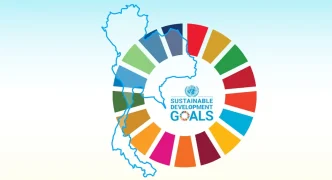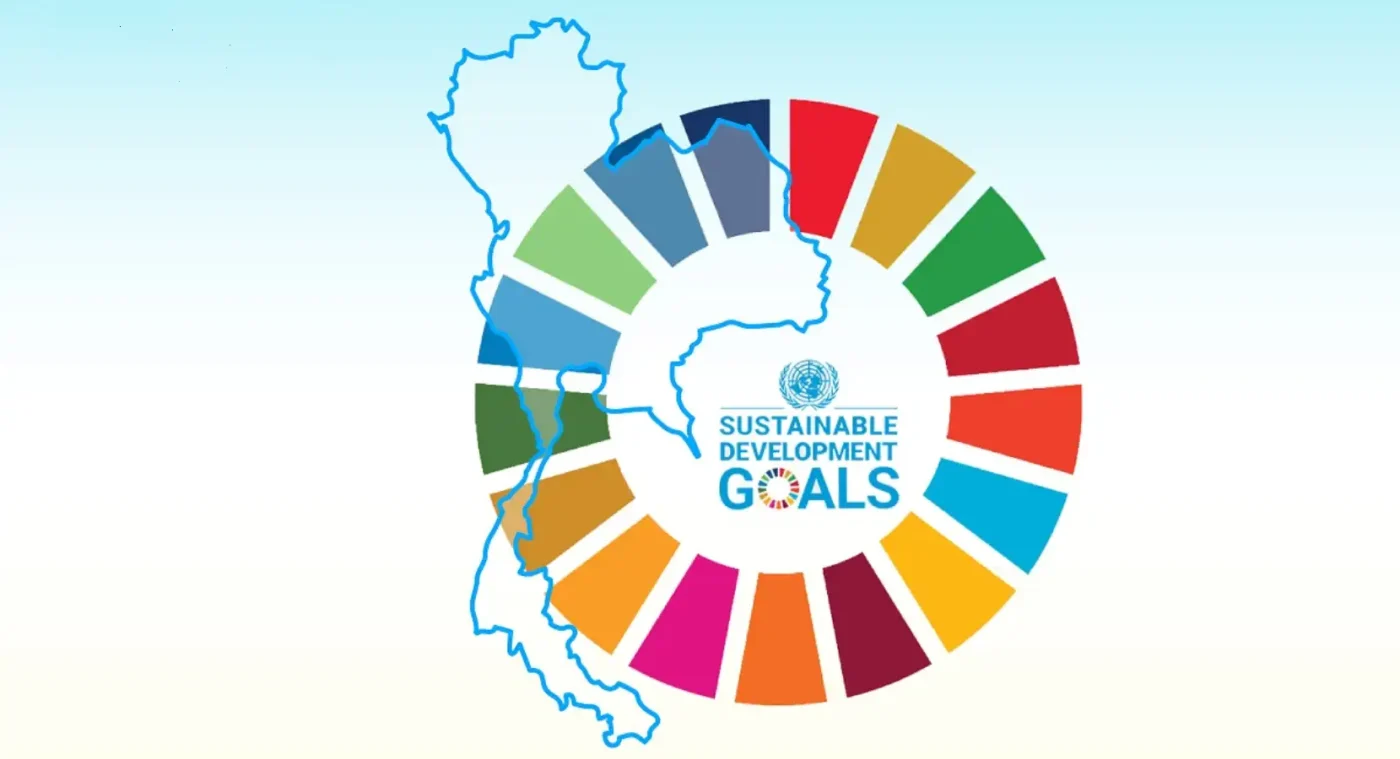In a groundbreaking effort to combat the dual threats of floods and droughts, Thailand’s Royal Irrigation Department (RID), in partnership with the United Nations Development Programme (UNDP), has unveiled a transformative project funded by the Green Climate Fund (GCF). Launched on May 14, 2025, this initiative seeks to bolster agricultural resilience and water management across the country through cutting-edge data, technology, and community-driven infrastructure development. With climate change exacerbating extreme weather events, the project promises to empower farmers and local communities with the tools and knowledge needed to adapt to an uncertain future.
Reliable Data to Drive Agricultural Planning
At the heart of the initiative is the provision of reliable weather and water data, a critical resource for farmers facing unpredictable climate patterns. By integrating this data into agricultural planning, the project aims to help farmers adjust planting cycles, mitigate risks from floods or droughts, and ultimately enhance productivity. The RID and UNDP will also conduct training sessions to ensure that rural communities can effectively utilize this information, fostering a shift toward climate-smart agriculture.
For many Thai farmers, access to accurate and timely data could mean the difference between a bountiful harvest and devastating losses. In regions prone to seasonal flooding, such as the central plains, the ability to anticipate heavy rains or prolonged dry spells is invaluable. The initiative’s focus on data-driven decision-making reflects a broader global trend toward precision agriculture, where technology is harnessed to optimize resources and reduce environmental impact.
Strengthening Infrastructure with Nature-Based Solutions
Beyond data provision, the project includes ambitious plans to upgrade water management infrastructure across Thailand. New floodgates will be constructed, and existing systems will be modernized to better regulate water flow and minimize the impact of extreme weather events. What sets this initiative apart, however, is its emphasis on Ecosystem-based Adaptation (EbA) strategies, which integrate natural solutions into infrastructure planning.
These EbA approaches include the restoration of wetlands and the development of natural water retention systems, which not only help manage water levels but also enhance biodiversity and ecosystem health. By combining traditional engineering with nature-based solutions, the project aims to create sustainable systems that can withstand the test of time and climate variability. For instance, restored wetlands in flood-prone areas could act as natural buffers, absorbing excess water during heavy rains while providing habitats for local wildlife.
Community engagement is another cornerstone of this infrastructure overhaul. Local residents will play an active role in the planning and decision-making processes, ensuring that the solutions implemented are tailored to their unique needs. This participatory approach is designed to build trust and foster a sense of ownership among communities, which is critical for the long-term success of such projects. In rural areas where skepticism toward government initiatives can run high, involving locals in every step—from design to execution—could prove to be a game-changer.
Empowering Farmers with Technology and Training
The initiative also prioritizes equipping farmers with modern agricultural technologies and best practices to improve water efficiency and adapt to changing environmental conditions. Training programs will cover a range of topics, from the use of advanced irrigation systems to crop diversification strategies that reduce dependence on water-intensive varieties. Additionally, the project will facilitate access to essential tools and resources, enabling farmers to build resilience and seize new market opportunities.
For smallholder farmers, who form the backbone of Thailand’s agricultural sector, these interventions could be transformative. Many have struggled to keep pace with the rapid changes brought by climate change, often lacking the financial means or technical know-how to adopt innovative practices. By bridging this gap, the RID and UNDP hope to not only safeguard livelihoods but also strengthen Thailand’s position as a leading agricultural exporter in the region.
Moreover, the focus on market access is a forward-thinking component of the project. By connecting farmers with broader supply chains and providing training on quality standards, the initiative aims to open up new avenues for income generation. This economic dimension underscores the interconnectedness of environmental sustainability and financial stability, a balance that is crucial for rural communities facing multiple pressures.
Funding and International Collaboration
The project’s funding through the Green Climate Fund highlights the growing international commitment to addressing climate change in vulnerable regions. Established under the United Nations Framework Convention on Climate Change (UNFCCC), the GCF supports developing countries in their efforts to mitigate and adapt to climate impacts. Thailand’s collaboration with the UNDP further amplifies the initiative’s reach, drawing on global expertise to tackle local challenges.
The financial backing, while significant, also comes with expectations of measurable outcomes. The RID has outlined clear targets for reducing flood and drought impacts in key agricultural zones, with progress reports expected to be shared with stakeholders over the coming years. This transparency will be essential in maintaining public and international support, especially as other Southeast Asian nations watch closely to see if this model can be replicated in their own contexts.
Thailand’s partnership with international bodies like the UNDP also signals a broader shift toward multilateral cooperation in the region. As climate change transcends national borders, such collaborations are becoming increasingly vital. If successful, this project could serve as a blueprint for other countries grappling with similar environmental and agricultural challenges, from Vietnam’s Mekong Delta to Indonesia’s flood-prone islands.
Challenges and Uncertainties Ahead
Despite its ambitious scope, the initiative is not without potential hurdles. Implementing large-scale infrastructure projects in rural areas often faces logistical challenges, including land disputes and resistance from communities wary of disruption. While the emphasis on community engagement aims to mitigate these risks, the success of such efforts will depend on effective communication and genuine inclusion in decision-making processes.
Additionally, the long-term efficacy of EbA strategies in Thailand’s unique environmental context remains to be fully proven. While wetland restoration and natural retention systems have shown promise in other regions, their impact in areas with intensive agricultural activity and rapid urbanization is less certain. Experts caution that without careful monitoring and adaptive management, these solutions may fall short of expectations.
Funding constraints could also pose a challenge. Although the GCF has provided substantial support, the scale of Thailand’s climate challenges—spanning millions of hectares of farmland and diverse ecosystems—may require additional resources over time. Securing sustained investment, whether through domestic budgets or further international aid, will be critical to scaling up the project’s impact.
A Model for Climate Resilience in Southeast Asia?
As Thailand embarks on this pioneering journey, the eyes of the region are watching. Southeast Asia, with its heavy reliance on agriculture and vulnerability to climate change, stands to gain immensely from innovative approaches like this one. If the project can demonstrate tangible improvements in water management and agricultural productivity, it could inspire similar efforts across neighboring countries, fostering a regional movement toward climate resilience.
For now, the focus remains on implementation and early results. Farmers in Thailand’s flood-prone and drought-stricken areas are eager to see how these promises translate into reality. With training sessions already underway and infrastructure projects slated to begin in the coming months, the next year will be a critical test of the initiative’s vision and execution.
As the climate crisis looms larger, initiatives like this offer a glimmer of hope. By blending technology, community input, and nature-based solutions, Thailand is charting a path that could redefine agricultural resilience—not just for itself, but for an entire region facing shared challenges. Whether this project becomes a lasting success or a cautionary tale, its outcomes will undoubtedly shape the conversation on climate adaptation for years to come.















